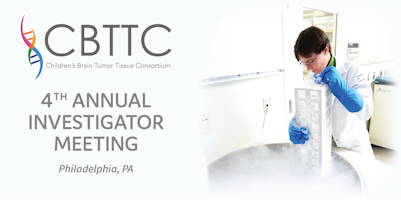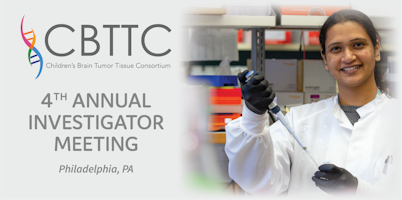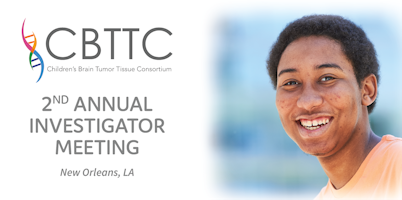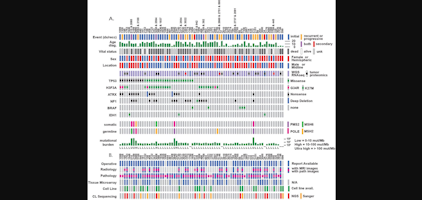Rishi Ramesh Lulla
Providence, RI USA
The Warren Alpert Medical School of Brown University

About
Director, Pediatric Hematology/Oncology; Attending Physician, Pediatric Neuro-Oncology; Alan G Hassenfeld Endowed Associate Professor of Pediatrics, The Warren Alpert Medical School of Brown University
Brown University
pediatric brain, central nervous system, and spinal cord tumors

The Warren Alpert Medical School of Brown University
scientific
Projects
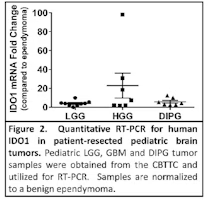
Data
Completed
Immunotherapeutically-targeting IDO1 in Pediatric High-grade Glioma
Research into adult glioblastoma has revealed a relationship between heightened levels of enzymes that suppress the immune system and a lowered survival rate. Researchers are using the Pediatric Brain Tumor Atlas to explore this relationship in pediatric high-grade pediatric brain cancer.
HGG

Derek Wainwright

Specimen
Completed
Whole Genome Sequencing and RNA Sequencing of the CBTN Bank for the Pediatric Brain Tumor Atlas
Research into adult cancer has benefited greatly from large scale genomic research. Until now due to the limited resources and availability pediatric brain tumors have not been part of large-scale genomic generation efforts. The CBTN aims to create a comprehensive genomic atlas for use by researchers worldwide to unlock how brain tumors develop, grow, survive, and how they can be treated and cured.
Craniopharyngioma, Medulloblastoma, HGG, (AT/RT), LGG, Ependymoma, Ganglioglioma, DNET, Choroid Plexus Tumors, Meningioma, DIPG, Oligodendroglioma, Schwannoma, Germinoma, Choroid Plexus Tumors, Subependymal Giant cell Astrocytoma, NGGCTs

Adam Resnick

Data
Ongoing
Identify Novel Therapeutic Targets and Biomarkers in Non-coding Genome of Pediatric Cancers
Transcription factors are proteins that control the rate of transcription, the process by which information from DNA is copied into a new molecule of RNA. Transcription factor FoxM1 has been found to play a role in the growth of glioblastoma and researchers seek to better understand this connection in the pursuit of targeted therapies.
All Brain Tumor Types, (AT/RT)

Lihua Zou
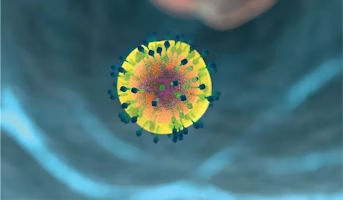
Specimen
Completed
Exploration of IDO1 as a Therapeutic Target in Pediatric Central Nervous System Tumors
Recent work points to the enzyme IDO1 as a high value target for the treatment of adult glioma. Researchers will analyze samples provided by the Children’s Brain Tumor Network to determine whether IDO1 could serve as a therapeutic target for pediatric brain tumors as well.
Medulloblastoma, HGG, LGG, Ependymoma, DIPG

Rishi Ramesh Lulla
research
Interests
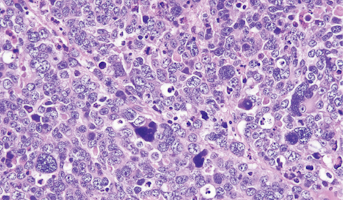
Medulloblastoma
Medulloblastomas comprises the vast majority of pediatric embryonal tumors and by definition arise in the posterior fossa, where they constitute approximately 40% of all posterior fossa tumors. Other forms of embryonal tumors each make up 2% or less of all childhood brain tumors.The clinical feature
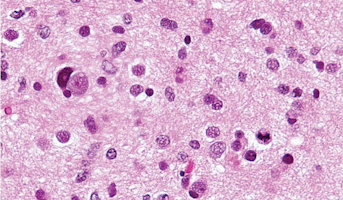
High-Grade Glioma
High-grade Gliomas (HGG) or astrocytomas in children nearly always result in a dismal prognosis. Although novel therapeutic approaches are currently in development, preclinical testing has been limited, due to a lack of pediatric-specific HGG preclinical models. These models are needed to help test
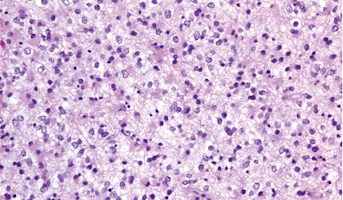
Low-Grade Glioma
Low-Grade Gliomas also called astrocytomas are the most common cancer of the central nervous system in children. They represent a heterogeneous group of tumors that can be discovered anywhere within the brain or spinal cord. Although surgical resection may be curative, up to 20% of children still su
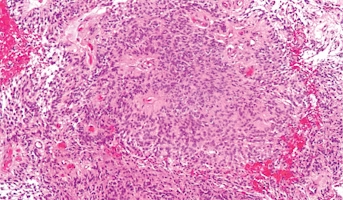
Ependymoma
Ependymomas arise from ependymal cells that line the ventricles and passageways in the brain and the center of the spinal cord. Ependymal cells produce cerebrospinal fluid (CSF). These tumors are classified as supratentorial or infratentorial. In children, most ependymomas are infratentorial tumors
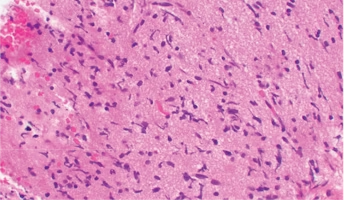
Diffuse Intrinsic Pontine Glioma
A presumptive diagnosis of DIPG based on classic imaging features, in the absence of a histologic diagnosis, has been routinely employed. Increasingly however, histologic confirmation is obtained for both entry into research studies and molecular characterization of the tumor.[5] New approaches with
related
